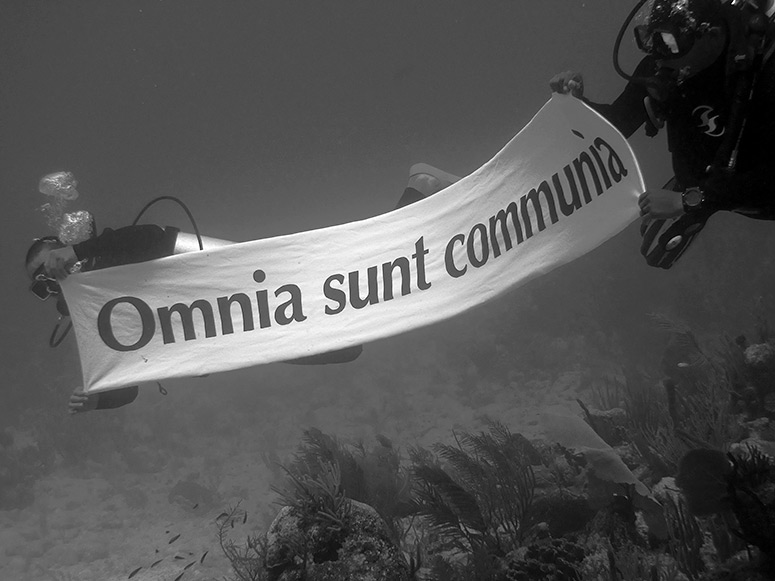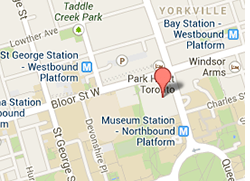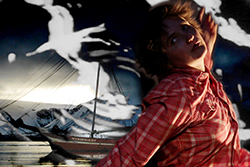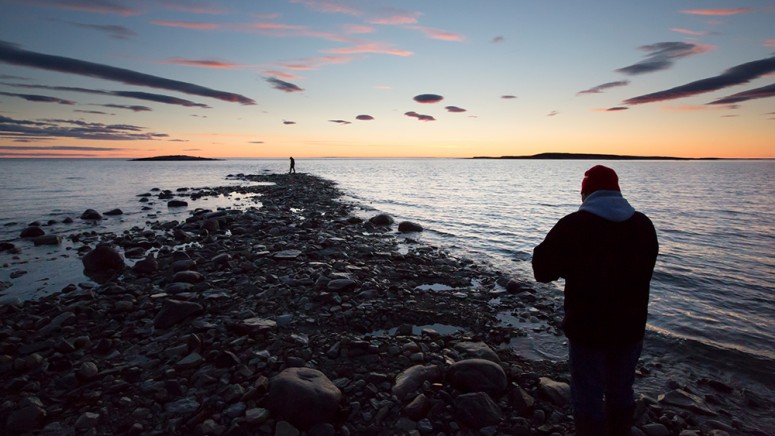A Draught of the Blue
Minerva Cuevas
HD Video, 2013
Roloff Beny Gallery, ROM Level 4
Mexican artist Minerva Cuevas researched and produced her new screen-based work off the coast of Akumal, Quintana Roo, Mexico, an area that is part of the Mesoamerican Barrier Reef system—unique in the Western Hemisphere for its size, biodiversity, and the types of reefs it includes. It is globally important and under severe threat. In addition to the life they support, reefs serve as natural barriers, protecting coastal communities and beaches. Their survival is critical to the economic livelihood of millions of people throughout the world.
In this work, an underwater demonstration becomes a central image for Cuevas, as she explores the possibilities of assuming social rights, capacities, and agency in relation to the present social and environmental crisis.
Cuevas’ analysis centres on the real risk posed by rising sea levels for the coastal populations of the areas of Quintana Roo, Tabasco, Veracruz and Guerrero.
Minerva Cuevas
Minerva Cuevas is a Mexican artist who works across a variety of media including video, installation, and communication technologies. Her socially engaged and site-specific works give insight into the complexities of the economic and political organization of the public sphere and the gaps in its structure. Her work has been extensively exhibited internationally.
Where Malignant Carbon Levels Intersect
Alanna Mitchell
Journalist and author of Sea Sick: The Global Ocean in Crisis
Corals have been around in one form or another for more than half a billion years, sometimes as reef-builders and sometimes as jelly-like free-floaters. The difference between the two has been the amount of carbon dioxide in the atmosphere. As carbon rises, the ocean becomes deep, warm, breathless, and sour. That combination means coral reefs dissolve and the animals that build them die off, leaving tiny shreds of meandering coral DNA that will one day, millions of years later, build reefs anew. With luck.
Today, humans are forcing carbon levels so high, so fast that we’re putting corals at risk again. And not just corals. When ocean chemistry is that toxic, life on land and in the sea collapses, too, as it has just five times before.
Multimedia Extras
Audio: Alanna Mitchell
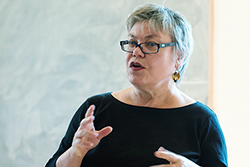
Why Coral Reefs Matter
Alanna Mitchell on the importance of coral (0:01.00)


